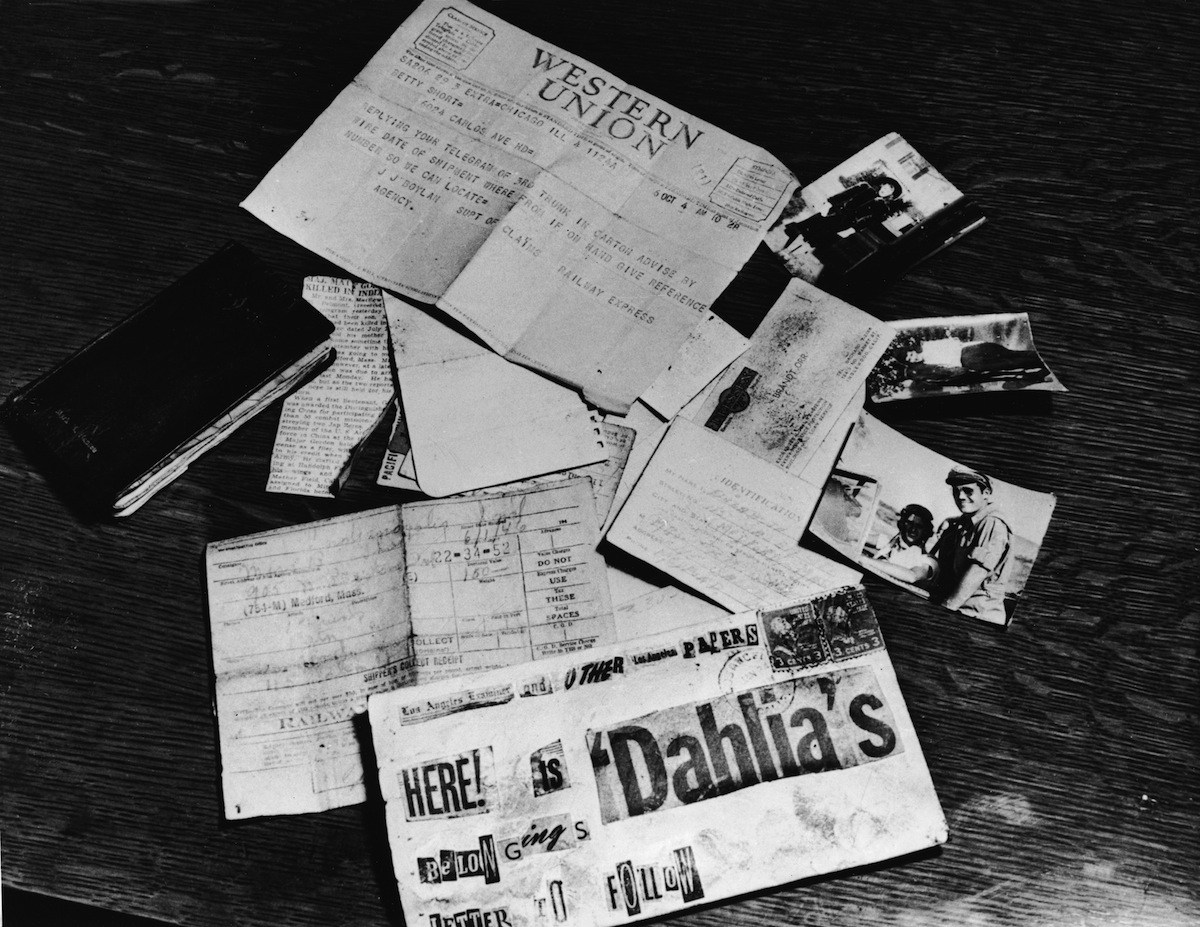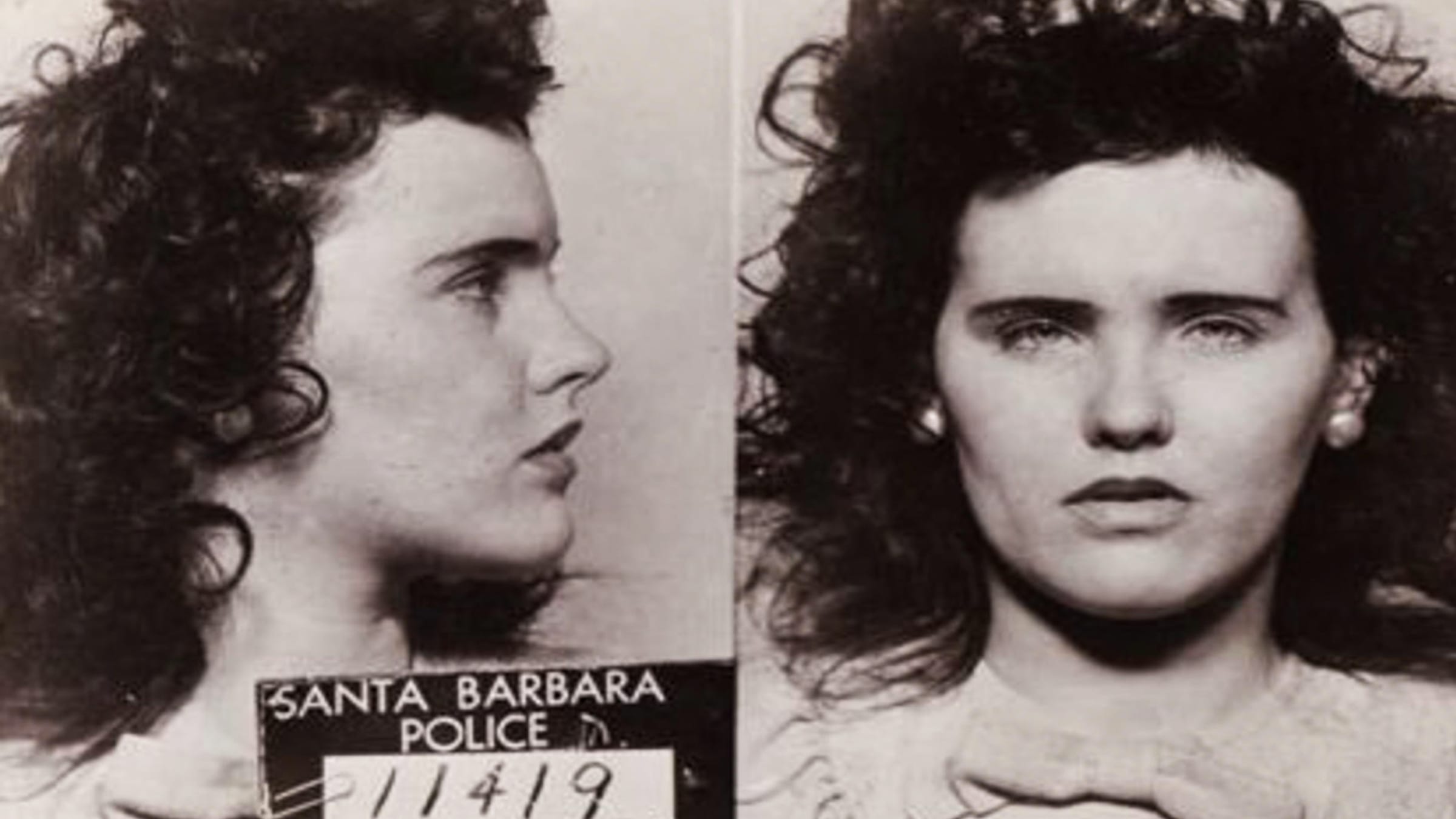Ever wondered about the chilling allure of Black Dahlia murder pics? These haunting images have captured the imagination of true crime enthusiasts for decades, sparking fascination and fear in equal measure. The Black Dahlia case remains one of the most infamous unsolved murders in history, and its visual legacy continues to intrigue people worldwide. In this article, we’ll dive deep into the world of these iconic images, uncovering the stories behind them and exploring why they still resonate so strongly today.
The allure of the Black Dahlia murder pics is undeniable. They’re not just images; they’re pieces of history, frozen moments that tell a tragic story. Elizabeth Short, known as the Black Dahlia, was found brutally murdered in 1947, and the crime scene photos have become some of the most recognizable in forensic history. These images have been studied, analyzed, and even mythologized over the years, but what’s the real story behind them?
As we delve into this dark chapter of history, we’ll explore the significance of these pictures, their role in the investigation, and why they continue to haunt our collective consciousness. So, buckle up, because this is going to be one wild ride through the shadows of the past.
Read also:What Happened To King Von A Deep Dive Into The Rise And Tragic Fall
Table of Contents
- Biography of Elizabeth Short
- Crime Scene and Initial Investigation
- Significance of Black Dahlia Murder Pics
- The Investigation Process
- Impact on Media and Popular Culture
- Forensic Analysis of the Images
- Controversies Surrounding the Pics
- Historical Context and Social Implications
- Modern-Day Interest in the Case
- Conclusion and Final Thoughts
Biography of Elizabeth Short
Early Life and Personal Details
Before we dive into the gruesome details of the Black Dahlia murder pics, let’s take a moment to remember the person behind the tragedy: Elizabeth Short. Born on July 29, 1924, in Boston, Massachusetts, Elizabeth was a young woman with dreams of becoming a Hollywood star. But her life took a tragic turn before she could realize her ambitions.
Here’s a quick snapshot of Elizabeth Short’s life:
| Full Name | Elizabeth Short |
|---|---|
| Nickname | Black Dahlia |
| Date of Birth | July 29, 1924 |
| Place of Birth | Boston, Massachusetts |
| Date of Death | January 15, 1947 |
| Cause of Death | Murder |
Elizabeth’s early life was marked by a series of moves and hardships. She grew up in a working-class family and struggled to find stability. Despite these challenges, she maintained a positive outlook and often dreamed of a better life in Hollywood. Little did she know that her dreams would end in such a horrific manner.
Crime Scene and Initial Investigation
On January 15, 1947, the world was shocked by the discovery of Elizabeth Short’s mutilated body in a vacant lot in Leimert Park, Los Angeles. The crime scene was gruesome, with Elizabeth’s body found in a pose that would later become infamous. The photos taken at the scene would go on to define the case and spark decades of speculation.
The initial investigation was chaotic, with detectives overwhelmed by the sheer brutality of the crime. Hundreds of tips poured in, but none led to a concrete lead. The Black Dahlia murder pics played a crucial role in the investigation, as they were used to gather evidence and identify potential suspects. However, despite the efforts of law enforcement, the case remains unsolved to this day.
Key Details from the Crime Scene
- Elizabeth’s body was found in a vacant lot, divided at the waist and posed in a strange manner.
- The crime scene photos showed clear signs of torture and mutilation.
- Investigators found no fingerprints or DNA evidence at the scene, making the case even more challenging.
Significance of Black Dahlia Murder Pics
The Black Dahlia murder pics are more than just images; they’re historical artifacts that provide insight into one of the darkest moments in American history. These photos have been studied by forensic experts, true crime enthusiasts, and even artists, each finding their own meaning in the haunting imagery.
Read also:Waylon Jennings Family Tree A Deep Dive Into The Roots Of A Country Legend
For forensic experts, the pics offer a glimpse into the brutal methods used by the killer. The precision of the cuts and the positioning of the body suggest a level of expertise that has baffled investigators for decades. Meanwhile, for true crime enthusiasts, these images serve as a reminder of the unsolved nature of the case and the ongoing quest for justice.
Artists, on the other hand, have drawn inspiration from the eerie beauty of the photos, creating works that explore themes of death, mystery, and the human condition. It’s a testament to the enduring power of these images that they continue to inspire and provoke thought, even after all these years.
The Investigation Process
Initial Steps and Challenges
The investigation into Elizabeth Short’s murder was a massive undertaking, involving hundreds of detectives and thousands of tips. However, the lack of physical evidence and the sheer volume of information made it incredibly difficult to narrow down the list of suspects.
One of the biggest challenges was the media circus that surrounded the case. Reporters swarmed the crime scene, taking photos and interviewing witnesses, often hindering the investigation rather than helping it. The Black Dahlia murder pics were splashed across newspapers nationwide, fueling public interest and speculation.
Despite the challenges, investigators remained determined to solve the case. They conducted interviews, analyzed evidence, and followed up on leads, but ultimately, the case went cold. The lack of closure has left a lasting impact on the families of victims and the public alike.
Impact on Media and Popular Culture
The Black Dahlia murder pics have had a profound impact on media and popular culture, inspiring countless books, movies, and TV shows. The case has become a staple of true crime literature, with authors and filmmakers drawn to its mysterious and tragic nature.
One of the most notable adaptations is Brian De Palma’s 2006 film "The Black Dahlia," which brought the story to a wider audience. While the movie took creative liberties with the facts, it captured the essence of the case and its lingering mystery. Similarly, the photos themselves have been used in art installations, music videos, and even fashion campaigns, ensuring that Elizabeth Short’s story continues to resonate.
Why the Case Captures the Imagination
- The unsolved nature of the case leaves room for endless speculation and theories.
- The Black Dahlia murder pics provide a visual representation of the crime, making it more tangible for audiences.
- Elizabeth Short’s tragic story serves as a reminder of the fragility of life and the importance of justice.
Forensic Analysis of the Images
Forensic experts have spent decades analyzing the Black Dahlia murder pics, looking for clues that might lead to the identity of the killer. The photos reveal a level of precision and planning that suggests a methodical mind behind the crime. The cuts on Elizabeth’s body were made with surgical precision, leading some to speculate that the killer may have had medical training.
Modern technology has allowed for new insights into the case, with experts using digital tools to enhance the images and uncover hidden details. However, despite these advances, the case remains unsolved, a testament to the complexity and brutality of the crime.
Controversies Surrounding the Pics
Over the years, the Black Dahlia murder pics have been the subject of numerous controversies. Some have questioned the ethics of using these images in media and art, arguing that it exploits the victim’s tragedy for entertainment purposes. Others have criticized the lack of progress in the investigation, pointing to systemic failures in law enforcement.
Despite these controversies, the images continue to be widely used, sparking debates about the role of media in true crime cases. It’s a delicate balance between honoring the victim’s memory and satisfying public curiosity, and one that continues to challenge those involved in the case.
Historical Context and Social Implications
To fully understand the significance of the Black Dahlia murder pics, it’s important to consider the historical context in which they were taken. The late 1940s was a time of rapid change in America, with post-war optimism clashing with Cold War paranoia. The case of Elizabeth Short became a symbol of the darker side of this era, exposing the vulnerabilities and fears of a nation in transition.
Socially, the case highlighted issues of gender and violence against women. Elizabeth’s story served as a wake-up call for many, drawing attention to the dangers faced by young women in urban environments. The Black Dahlia murder pics, while disturbing, played a crucial role in bringing these issues to the forefront of public consciousness.
Modern-Day Interest in the Case
Even today, the Black Dahlia murder pics continue to captivate audiences worldwide. With the rise of true crime podcasts and documentaries, the case has gained a new generation of followers, each eager to uncover the truth behind the tragedy. Social media platforms have also played a role, with users sharing theories and insights in online forums and communities.
For many, the case remains a mystery that defies explanation, a reminder of the limits of human understanding and the enduring power of storytelling. The Black Dahlia murder pics may never reveal all their secrets, but they continue to inspire curiosity and compassion, ensuring that Elizabeth Short’s legacy lives on.
Conclusion and Final Thoughts
In conclusion, the Black Dahlia murder pics are more than just images; they’re a testament to the enduring power of storytelling and the human need for closure. While the case remains unsolved, the photos continue to inspire, provoke, and educate, reminding us of the importance of justice and the fragility of life.
So, what can we take away from this dark chapter in history? First and foremost, we must remember the person behind the tragedy: Elizabeth Short. Her dreams and aspirations deserve to be honored, not overshadowed by the brutality of her death. Secondly, we must continue to pursue justice and truth, even in the face of seemingly insurmountable challenges.
If you’ve enjoyed this article, we invite you to share your thoughts in the comments below. Do you have a theory about the case? Or perhaps you’d like to explore other aspects of the Black Dahlia story. Whatever your interest, we’d love to hear from you. And don’t forget to check out our other articles for more fascinating insights into the world of true crime and history!


:max_bytes(150000):strip_icc():focal(749x384:751x386)/black-dahlia-011024-tout-c5912f4b70ad4b34a19f54550116a1b3.jpg)
